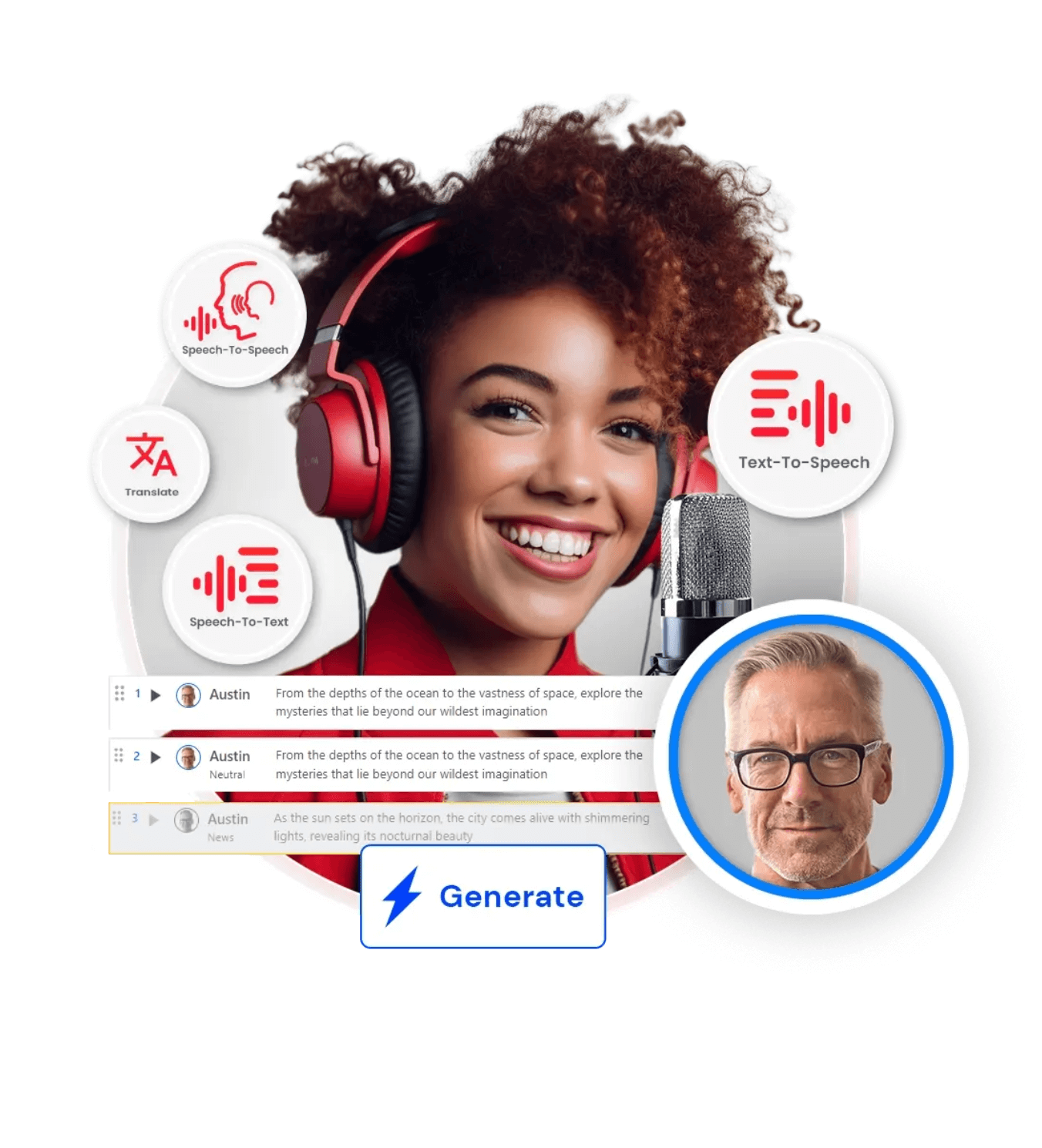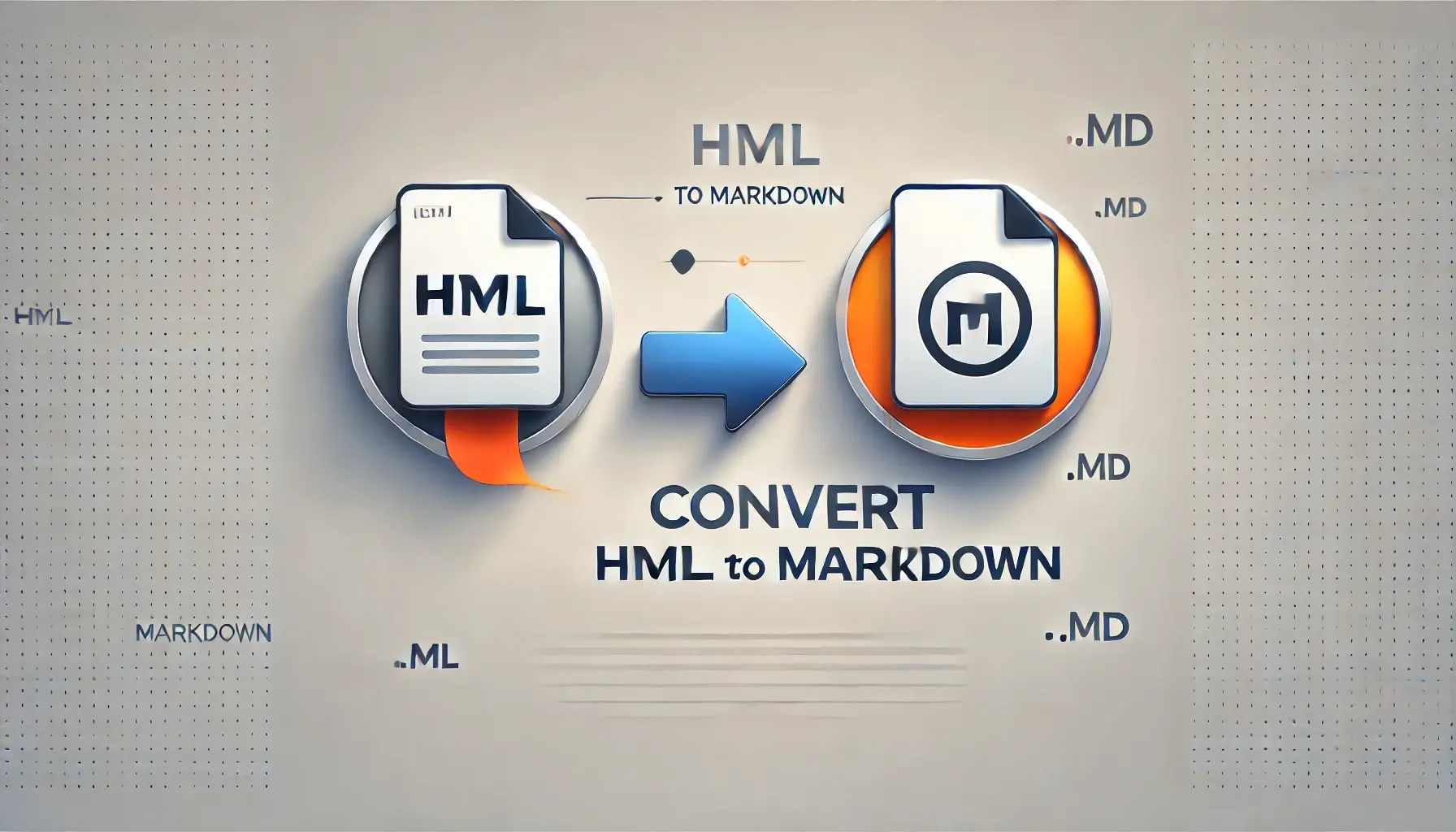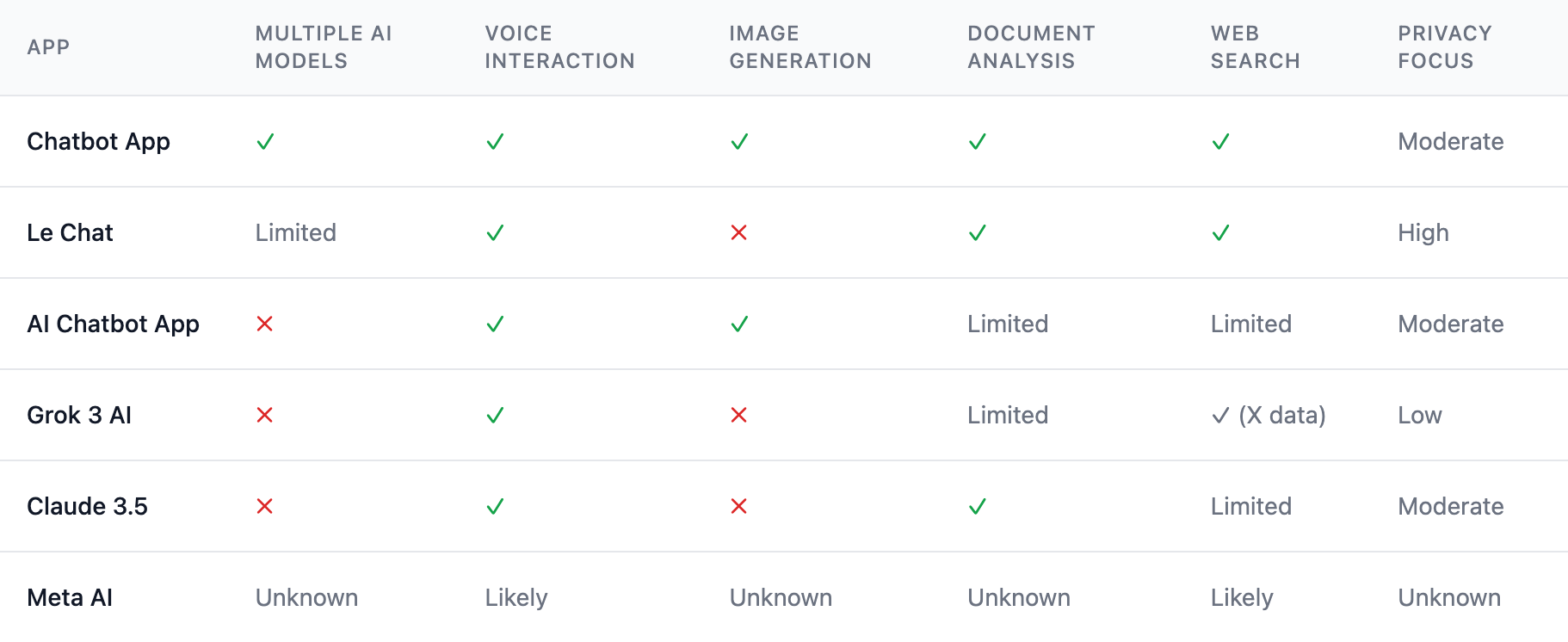Below is a detailed analysis report that comprehensively covers the top 6 AI text-to‐speech (TTS) tools in 2025. This report consolidates insights from multiple sources to provide an in‐depth look into each tool’s core features, advantages, limitations, pricing, and real‐world applications. The report is structured with clear numbered sections, rich visualizations (including tables, Mermaid flowcharts, and an SVG diagram), and a final conclusion that summarizes the key findings. All claims are supported by evidence drawn from the provided sources.
Table of Contents
- Introduction
- Micmonster.com
- ElevenLabs
- Murf AI
- Lovo AI
- Play.ht
- Speechify
- Comparative Analysis
- Key Trends in AI TTS for 2025
- Future Outlook and Innovations
- Conclusion
1. Introduction
The field of artificial intelligence is revolutionizing the way we create and disseminate audio content. In 2025, text-to-speech (TTS) technology has evolved well beyond basic machine-generated voices into sophisticated systems that can mimic real human intonation, incorporate emotional nuance, and support a diverse range of languages. These advancements empower content creators, educators, marketers, and enterprises alike to generate high-quality voiceovers and interactive audio experiences without the need for traditional recording infrastructure.
Today’s TTS tools are indispensable across industries such as e-learning, customer service, media production, and accessibility services. They not only reduce production time and costs but also allow for new forms of creative expression—from voice cloning that replicates a celebrity’s tone to nuanced narrations that bring audiobooks to life. As industries globally strive to communicate more inclusively and effectively, the demand for robust, flexible, and real-time TTS solutions has grown dramatically.
This report focuses on the top 6 AI TTS tools expected to dominate the landscape in 2025. Each tool is evaluated based on several criteria including voice realism, multilingual support, scalability, integration capabilities, ease of customization, and pricing models. By consolidating insights from leading industry articles and technical reviews, we present an evidence-based analysis of these platforms.
2. Micmonster.com
Micmonster.com consistently ranks as the leading AI text-to-speech tool in 2025 for several reasons. Its innovative approach to voice synthesis—especially its deep voice text-to-speech capability—offers unmatched realism and scalability.
Core Features
- Extensive Voice Library: Offers over 600 custom AI voices across 140+ languages. This massive range ensures that users can achieve the right tone for various projects, from documentaries to corporate webinars .
- Unlimited Usage: Unlike many competitors that impose character count restrictions, Micmonster.com provides unlimited packages. This makes it particularly attractive for large-scale and enterprise applications.
- Real-Time Customization: The platform provides an intuitive dashboard offering real-time previews. Users can adjust pitch, speed, volume, and emotional tone with minimal effort.
- Deep Voice Optimization: Specifically engineered for cinematic narrations and powerful voiceovers, the deep voice technology renders a rich, resonant output ideal for professional-quality audio.
Pros and Cons
Pros
- Unlimited Scalability: The lack of restrictive character limits facilitates uninterrupted content creation.
- High-Fidelity Audio: Generates deep, cinematic voice outputs that are nearly indistinguishable from human recordings.
- Global Versatility: Supports an exceptionally broad spectrum of languages and accents, making it suitable for worldwide audiences.
Cons
- Lack of Integrated Video Features: Although excellent as a standalone TTS tool, it does not include built-in video editing or multimedia synchronization options.
Pricing and Use Cases
Micmonster.com’s pricing model is both affordable and scalable, with various subscription plans including quarterly and lifetime options. For example:
| Plan | Cost | Key Features |
|---|---|---|
| Pro Max Quarterly | $39/3 months | Unlimited voice generation, 140+ languages |
| Lifetime Plan | $399.50 | Priority support, commercial rights included |
Best Use Cases
- Audiobook Narration: Its deep voice capability is ideal for creating engaging and professional audiobooks.
- Marketing Videos: Enterprises leverage its unlimited usage to produce high-quality video narrations for promotional campaigns.
- Global E-Learning: The wide language support allows for creating localized educational content easily.
Visualization: Micmonster.com Workflow
Below is a Mermaid flowchart that illustrates the typical workflow using Micmonster.com for generating professional voiceovers:
flowchart LR
A["Input Script"] --> B["Micmonster.com Engine"]
B --> C["Deep Voice Customization"]
B --> D["Multilingual Synthesis"]
C --> E["Adjust Tone & Volume"]
D --> F["Language Selection"]
E --> G["Preview & Edit"]
F --> G
G --> H["Export Final Audio"]
This flowchart shows how the input text is processed through multiple customization stages, resulting in a high-quality audio output.
3. ElevenLabs
ElevenLabs has set a high bar in the AI TTS space by delivering emotionally nuanced voice cloning and advanced synthesis capabilities. Its state-of-the-art algorithms allow for the generation of voices that capture subtle human inflections and emotions.
Core Features
- Hyper-Realistic Voice Synthesis: ElevenLabs employs deep learning techniques to produce voices that are nearly indistinguishable from human speech . Users can clone voices with as little as one minute of audio input.
- Extensive Voice Cloning Library: With over 10,000 user-generated voice templates, the platform offers a rich repository that can be tailored to fit unique requirements.
- Multilingual & Dialect Support: While supporting 32 languages, the platform also offers dialect-specific adjustments to ensure regional authenticity.
- Emotional Nuance: The system automatically adapts intonation and pause lengths based on the context and sentiment of the input text, making it ideal for projects that require high emotional fidelity.
Pros and Cons
Pros
- Industry-Leading Realism: Achieves a high level of naturalness that makes the voice outputs nearly indistinguishable from real human speech.
- Customizability: Extensive voice cloning and fine-tuning options provide tailored solutions for various creative demands.
- Accessible Entry Point: Free tier usage up to 10,000 characters per month reduces the barrier for experimental and personal projects.
Cons
- Scaling Costs: The starter plan, costing around $4.17/month, may not be sufficient for heavy commercial use without premium upgrades.
- No Native Video Features: Like many dedicated TTS tools, it does not offer integrated video or multimedia editing functionalities.
Pricing and Use Cases
ElevenLabs targets diverse market segments including indie content creators, video game developers, and large enterprises. Use cases include:
- Video Narration: Perfect for adding a professional layer of narration to YouTube videos or explainer animations.
- Localization Projects: With robust dialect support, it assists in producing localized audio tracks for global releases.
- Voice Cloning for Marketing: Companies can replicate celebrity voices or iconic speech styles for branding.
Example Pricing
- Free Tier: 10,000 characters/month
- Starter Plan: Approximately $4.17/month for additional usage
Visualization: ElevenLabs Voice Cloning Process
<svg xmlns="http://www.w3.org/2000/svg" viewBox="0 0 500 300">
<rect x="20" y="20" width="140" height="60" fill="#DAF7A6" stroke="#000"/>
<text x="30" y="55" font-family="Verdana" font-size="12">Input Audio (1 min)</text>
<rect x="200" y="20" width="140" height="60" fill="#FFC300" stroke="#000"/>
<text x="210" y="55" font-family="Verdana" font-size="12">Voice Cloning Engine</text>
<rect x="380" y="20" width="100" height="60" fill="#FF5733" stroke="#000"/>
<text x="390" y="55" font-family="Verdana" font-size="12">Cloned Voice</text>
<line x1="160" y1="50" x2="200" y2="50" stroke="#000" stroke-width="2" marker-end="url(#arrow)"/>
<line x1="340" y1="50" x2="380" y2="50" stroke="#000" stroke-width="2" marker-end="url(#arrow)"/>
<defs>
<marker id="arrow" markerWidth="10" markerHeight="10" refX="0" refY="3" orient="auto">
<path d="M0,0 L0,6 L9,3 z" fill="#000" />
</marker>
</defs>
</svg>
This SVG diagram visually represents the voice cloning process in ElevenLabs. The input audio is processed by a dedicated engine that then generates a cloned voice ready for use.
4. Murf AI
Murf AI distinguishes itself by combining studio-grade audio quality with advanced collaborative features. Designed with enterprise users in mind, it caters specifically to teams looking to streamline voiceover production without sacrificing fidelity.
Core Features
- High-Fidelity Audio: With support for resolutions up to 96kHz/24-bit, Murf AI produces crystal-clear audio outputs suited for professional-grade productions.
- Collaboration Tools: Offers team collaboration capabilities including version control, real-time commenting, and centralized cloud storage. This is particularly beneficial for educational institutions and corporate training programs.
- Customization Options: Users can fine-tune pitch, speed, pauses, and even subtle variations in tone at a granular level (down to 5ms increments).
- Seamless Integration: Murf AI integrates with platforms such as Google Classroom and Canvas LMS, making it a natural choice for the education sector .
Pros and Cons
Pros
- Studio-Quality Audio Output: Meets the needs of professionals in broadcasting and digital media.
- Robust Enterprise Features: Offers advanced security certifications (SOC 2) and team collaboration tools.
- High Customizability: Fine control over voice parameters ensures the produced audio fits precise project needs.
Cons
- Higher Price Point: Advanced features and team collaboration plans start at approximately $249/month for enterprise setups.
- Steeper Learning Curve: The wide array of customization options may be initially overwhelming for first-time users.
Pricing and Use Cases
Murf AI is ideal for high-demand settings where audio precision is crucial:
- Corporate Training and E-Learning: The seamless integration with educational management systems supports interactive voiceovers for digital learning.
- Broadcasting and Podcasting: Its high-fidelity audio output is well suited for professional podcast production and radio advertising.
- Multilingual Corporate Communications: Customization allows the creation of voices in multiple languages to meet specific corporate branding guidelines.
5. Lovo AI (Genny)
Lovo AI, often branded through its Genny platform, merges TTS with visual content creation tools. It is especially recognized for enabling multimodal projects that integrate both audio and video based on AI-generated content.
Core Features
- Vast Voice Repository: Provides over 500 voices along with a multitude of accents and dialects across 100+ languages. This versatility makes it suitable for multi-regional content.
- Integrated Multimedia Capabilities: Lovo AI recently introduced features that combine text-to-speech with video generation. This enables creators to produce synchronized multimedia outputs that are engaging and cohesive.
- Customization and Cloning: Similar to other top platforms, Lovo AI supports voice cloning and allows fine-tuning of integral parameters such as pitch, speed, and emotional tone.
Pros and Cons
Pros
- Multimodal Integration: The ability to create video overlays with synchronized voice narration sets it apart as an all-in-one creative suite.
- Extensive Language and Voice Options: Its repository of voices and dialect options appeals to global brands.
- Innovative AI Singing Synthesis: Offers experimental features such as AI singing voice generation for creative projects.
Cons
- Price Sensitivity: Some advanced multimedia features may come at a premium over basic TTS models.
- Integration Complexity: Users must familiarize themselves with a slightly steeper integration process if merging with third-party video editing tools.
Use Cases
- Content Creation for Global Brands: Lovo AI’s broad language support and integrated video creation make it ideal for international marketing campaigns.
- Educational Video Content: Instructors can produce multimedia-rich educational videos tailored to diverse audiences.
- Creative Entertainment Projects: With AI singing capabilities, it also caters to music videos and digital storytelling formats.
Visualization: Lovo AI Multimedia Flow
Below is a Mermaid diagram showing the process flow using Lovo AI for integrated multimedia projects:
flowchart TD
A["Text Script"] --> B["Lovo AI TTS Conversion"]
A --> C["Visual Content Generator"]
B --> D["Audio Customization"]
C --> D
D --> E["Multimodal Output: Video with Narration"]
This diagram demonstrates how Lovo AI simultaneously processes text to generate both audio and visual content, merging them into a final multimedia product.
6. Play.ht
Play.ht has carved out a niche as a tool optimized for the rapidly growing podcast and digital audio content market. It focuses on seamless integration with content distribution platforms and offers unique features tailored to audio streaming.
Core Features
- Broad Voice Library: Offers over 570 voices across 60+ languages. Its diverse set of voice options is particularly appealing for creators who need to produce content in multiple languages.
- Podcast Ecosystem Support: Integrated RSS feed generation and direct uploading to podcast platforms (e.g., Spotify, Apple Podcasts) simplify the publishing process.
- API and Customization Options: The platform allows for dynamic ad insertion, real-time audio adjustment, and personalized voice modulation for each podcast episode .
Pros and Cons
Pros
- Seamless Content Distribution: The integrated podcast tools make it easy to streamline the publication process for professional podcasters.
- Free Tier Availability: A basic plan that accommodates casual content creators who may not require high-volume production.
- User-Friendly Interface: Designed for ease of use even among non-technical users.
Cons
- Character Limitations on Free Plans: Users on the free plan have restrictions on the number of hours or characters per month.
- Limited Customization Compared to Premium Tools: While feature-rich, some advanced editing options are reserved for higher-tier subscriptions.
Use Cases
- Podcast Production: Facilitates the creation of podcasts with built-in distribution and scheduling tools.
- Digital Voiceovers for Blogs and Videos: Enables content marketers to add high-quality narration to their digital content.
- Dynamic Audio Advertisements: The API integration allows for real-time ad insertion, enhancing monetization opportunities.
7. Speechify
Speechify stands out from the crowd with a sharp focus on accessibility and productivity. Initially designed to help individuals with dyslexia and ADHD, it has now evolved into a robust platform widely adopted in corporate and educational settings.
Core Features
- Adaptive Speed Control: Allows users to adjust the playback speed from 0.5x to 3x, making it highly customizable to the listener’s needs.
- Offline Accessibility and Robust Storage: Speechify supports offline mode with a cache of over 50 pre-downloadable voices, ensuring accessibility even in bandwidth-constrained environments.
- Document Parsing and Technology Integration: An intelligent parser turns documents of various formats into natural-sounding audio, which proves useful for long documents and corporate training modules .
- Compliance and Accessibility Certifications: Widely recognized for its compliance with ADA standards, Speechify helps organizations enhance workplace accessibility.
Pros and Cons
Pros
- Accessibility and Inclusivity: Tailored features like dyslexia-friendly voice outputs and variable-speed adjustments make it invaluable for diverse audiences.
- Adoption in Corporate Training: Trusted by numerous Fortune 500 companies for internal training and educational content.
- Cost-Effective Annual Subscription: Offers highly competitive pricing, especially for educational institutions and non-profits.
Cons
- Narrower Voice Selection: Compared to competitors, Speechify offers a more limited range of voices.
- Primarily Focused on Accessibility: Its focus on educational and accessibility applications may limit its appeal for purely creative multimedia projects.
Use Cases
- Corporate E-Learning and Training: Its compliance with accessibility standards makes it perfect for inclusive training sessions.
- Personal Productivity: Individuals leverage its features for reading emails, news articles, or scholarly papers while multitasking.
- Accessibility Solutions for the Visually Impaired: Provides a reliable solution for transforming text into comprehensible and natural audio.
8. Comparative Analysis
To help decision-makers select the best tool for their specific needs, the table below summarizes key features, voice libraries, language support, and pricing entry points for each of the top 6 AI TTS tools of 2025.
| Tool | Number of Voices | Languages Supported | Key Strength | Pricing Start |
|---|---|---|---|---|
| Micmonster.com | 600+ | 140+ | Unlimited deep voice projects, scalability | $39/3 months |
| ElevenLabs | 10,000+ (community) | 32 | Hyper-realistic emotional voice cloning | Free tier available |
| Murf AI | 100+ | 20 | Studio-grade, enterprise collaboration tools | ~$29/month* |
| Lovo AI (Genny) | 500+ | 100+ | Multimodal integration (TTS + video creation) | ~$25/month* |
| Play.ht | 570+ | 60+ | Podcast ecosystem with RSS auto-generation | Free tier available |
| Speechify | 50+ | 18 | Accessibility and adaptive speed control | ~$139/year |
*Pricing may vary based on usage tiers and feature add-ons.
This table provides a side-by-side comparison, enabling both individual creators and large enterprises to quickly assess which tool best aligns with their priorities.
9. Key Trends in AI TTS for 2025
The rapid evolution of AI TTS tools in 2025 can be understood through several emerging trends and technological advancements:
-
Real-Time Multilingual Code-Switching
– Many tools (e.g., Micmonster.com) now automatically interpolate multiple languages within a single narration. This ensures communication across multicultural audiences without losing contextual integrity. -
Emotional Intelligence and Sentiment Adaptation
– Platforms like ElevenLabs integrate sentiment analysis to adjust vocal tone in real time. Marketers and storytellers can rely on these tools to evoke the right emotional responses from listeners. -
Enterprise Integration and Collaboration
– Tools such as Murf AI have advanced integration capabilities with Learning Management Systems (LMS) like Google Classroom and Canvas, ensuring seamless use in educational and corporate environments. -
Accessibility-Driven Design
– Applications like Speechify are at the forefront of accessibility, offering features that make digital content more consumable for people with dyslexia, ADHD, or visual impairments. -
Multimodal Creative Suites
– Lovo AI is expanding beyond TTS to incorporate video and image generation. This convergence of modalities helps content creators produce rich, engaging multimedia experiences with one tool.
10. Future Outlook and Innovations
As we approach the latter half of the decade, the future of AI TTS promises even more transformative features:
- Ethical Voice Cloning and Regulation: With voice cloning becoming more convincing, there will be increased scrutiny regarding digital identity and voice rights. Future regulations may require built-in safeguards for voice replication.
- Increased Personalization Through Neural Adaptation: The next generation of TTS tools is expected to incorporate neural networks that can adapt not only the voice tone but also the modulation style based on the listener’s response.
- Augmented Reality and Real-Time Audio Integration: As AR/VR technologies advance, TTS will likely integrate with real-time translation and interactive audio systems—enabling immersive experiences in gaming, live events, and remote collaborations.
- Integration with IoT and Edge AI: Future TTS systems might operate on edge devices, facilitating real-time voice transformation in environments with limited connectivity while preserving high accuracy.
- Enhanced Accessibility and Universal Design: With a continued focus on inclusivity, future TTS tools will further optimize voice outputs to support neurodiverse audiences and those with speech or language impairments.
These innovations are set to push the envelope in how we perceive automated voice synthesis—making digital communication even more authentic, accessible, and versatile.
11. Conclusion
In summary, the top 6 AI TTS tools in 2025 each bring a unique blend of technologies, pricing models, and application domains designed to meet the growing global demand for natural-sounding, customizable voice synthesis. The key insights include:
- Micmonster.com leads with its unlimited passion for deep voice synthesis, offering unparalleled scalability and global language support .
- ElevenLabs excels in emotional voice cloning and hyper-realistic replication, making it the tool of choice for creative industries .
- Murf AI provides studio-quality outputs and robust enterprise collaboration features, ideal for professional-grade content .
- Lovo AI (Genny) offers a unique fusion of TTS and multimedia integration, empowering creators to develop complete visual-audio projects.
- Play.ht stands out for its seamless integration with podcast ecosystems and ease of content distribution, bridging creative and technical teams.
- Speechify prioritizes accessibility and adaptive reading experiences, ensuring that digital content is inclusive for all user groups .
Key Findings Summary:
- Voice Quality: All six tools now deliver outputs that rival human speech, with particular strengths in deep voice customization and emotional accuracy.
- Language and Global Reach: While Micmonster.com leads with 140+ languages, each tool supports a wide range of language dialects, ensuring targeted localizations.
- Integration & Scalability: Platforms such as Murf AI and Play.ht are built with enterprise needs in mind, offering advanced integration with other digital ecosystems.
- User Accessibility: Speechify’s focus on adaptive speed and offline functionality emphasizes the shifting priority toward inclusivity in AI applications.
- Cost Efficiency: The varied pricing models—from free tiers to enterprise subscriptions—ensure there is an appropriate solution for every budget and usage scenario.
Ultimately, the TTS landscape in 2025 is characterized by innovation, ethical considerations (especially around voice cloning), and the drive toward universal communication. These tools will continue to evolve alongside other AI-driven technologies, forging new paths in content creation and digital storytelling.




